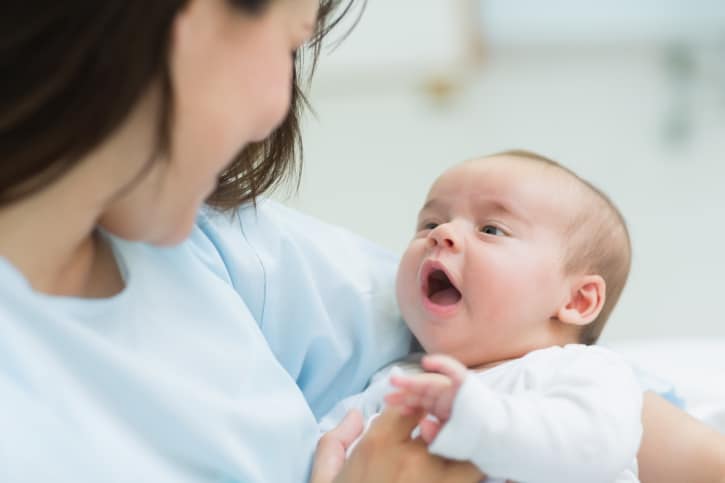Americans Hesitant To Get Children During The Pandemic
Nikki Attkisson | Last Updated : May 7, 2021“The unavoidable issue to the entirety of this is, is it going to proceed?” Levine says. “Is it a blip, or is it a descending pattern that is longer enduring?”
Americans Hesitant To Get Children During The Pandemic
As of now, there are signs highlighting this pattern proceeding in 2021, including temporary information delivered by states, as Levine and co-creator Melissa S. Kearney noted in a New York Times assessment piece recently.

Levine and Kearney anticipate that the United States could see an “infant bust” of 300,000 less births this year. The specialists say they consolidated monetary information like joblessness rates in addition to different elements, like uneasiness and social conditions, into their conjecture.
Guardians were hit hard in the pandemic. However, immunizations and Biden’s spending plans could change that
“We’re in a huge financial decrease. That will, in general, make individuals hesitant to have kids. What’s more, a general wellbeing emergency creates colossal vulnerability in individuals’ lives,” Levine says.
Different elements in the blend: People who, as of now, have kids have been battling to adjust to work and home life while schools are shut, and framing connections has been more hard for individuals.
“Those things are largely going on at the same time,” Levine says. “By and large, life is simply troublesome nowadays. Also, having a child when life is troublesome may not bode well.”
Sometimes, couples who deferred having a child in 2020 may attempt again later on. Yet, that relies upon what occurs straightaway.
“The more drawn out and more determined the emergency, and the more profound and more supported the pay misfortunes that outcome from it, the more probable it is that large numbers of the missing Covid births will always be lost,” Kearney and Levine composed.
How this could shape our nation’s future
Kenneth Johnson, a teacher of social science and demographer at the University of New Hampshire, says it’s too early to say how long these decreases in richness will last and whether rates of birth will ultimately get back to their pre-pandemic levels or even begin to increment past that.
“No one knows, sincerely. It’s a particularly interesting circumstance,” he says.
However, on the off chance that you consolidate the lower births with the high number of passings that happened in the United States a year ago – more than 3.3 million – and lessened migration, Johnson says the US is as of now seeing “significantly diminished populace development.”
A sum of 25 states saw a bigger number of passings than births in 2020 – a record high, as per Johnson’s examination. In 2019, Johnson says, five states saw a greater number of passings than births.
“In any event, during influenza scourge, we didn’t have anything like this … To go from 5 to 25 is simply amazing,” he says. That pattern is probably going to proceed in numerous states this year.
Meet Gen C, the Covid age
Analysts at last desire to get more definite information that allows them to dissect what the pandemic meant for rates of birth in various gatherings, seeing variables like age, race, financial status, and topography. For 2021, that sort of data probably will not be accessible until September 2022.
“Augmentations will come out en route that will help us fill in little bits of the riddle,” Levine says, “yet we have far to go as far as obtaining information before we’re ready to respond to the inquiries that we’re keen on.”
The decrease in births brought about by the pandemic, coming following quite a while of diminishing rates of birth, could amount to critical changes in the public arena, Levine says.
“The way that it’s going ahead the impact points of an extensive progressing decrease in births compounds its effects. In actuality, it’s not the 300,000 fewer births once (because of Covid). It’s the huge number of fewer births each year that is probably going to considerably affect society,” he says.
“Those incorporate things like monetary movement, the dissolvability of our retirement framework and critical other social ramifications.”
Consider the tremendous cultural effects we saw after the time of increased birth rates during the 1950s.
“This,” Levine says, “can possibly be something contrary to that.”
With over 15 years as a practicing journalist, Nikki Attkisson found herself at Powdersville Post now after working at several other publications. She is an award-winning journalist with an entrepreneurial spirit and worked as a journalist covering technology, innovation, environmental issues, politics, health etc. Nikki Attkisson has also worked on product development, content strategy, and editorial management for numerous media companies. She began her career at local news stations and worked as a reporter in national newspapers.
